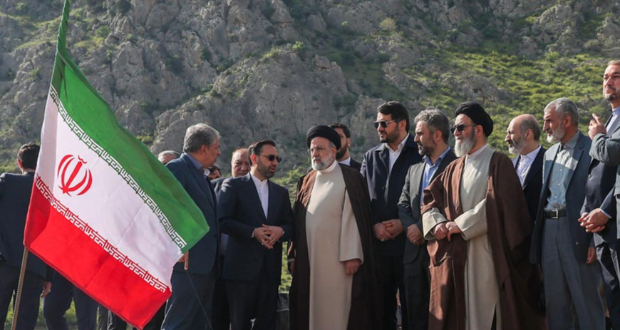The untimely death of Iran’s President Ebrahim Raisi, Foreign Minister Hossein Amir Abdollahian, amongst others, in a helicopter crash in the country’s mountainous East Azerbaijan Province has sent shockwaves across the region. Raisi’s death was announced from Iran’s most revered Shia shrine, the mausoleum of Imam Reza, in Mashhad, his town of birth.
This unexpected but tectonic shift in Tehran’s politics comes at a precarious time, when the war in Gaza continues, tensions between Iran and Israel remain high, and Iran plays a critical role in a new iteration of ‘power block’ politics along with its partners in Russia and China. However, despite regional and international tensions around the ‘question’ of Iran, Raisi’s passing impacts Iranian polity much more than the Shia power’s regional policies.
Raisi’s death was announced from Iran’s most revered Shia shrine, the mausoleum of Imam Reza, in Mashhad, his town of birth.
For now, it is Vice President Mohammad Mokhber (who is also Iran’s Special Envoy for India) who is expected to hold the position of interim President until elections are held again within 50 days as mandated.
Succession
The now late president’s rise to power was not meteoric, but traditional and steady. Coming from a lineage of Islamic scholars, Raisi rose through the country’s judicial system, and paid his dues in cementing the Islamic Revolution’s ethos that has anchored Iranian ideology and polity since 1979. As noted scholar Arash Azizi pointed out, Raisi was the first president under Ayatollah Khamenei to offer unbridled loyalty to the Supreme Leader. By way of proving his mettle over the years, Raisi became the country’s eighth president in August 2021 at a time when the United States (US) had unceremoniously exited the nuclear deal, and the moderates in the country, led by then President Hassan Rouhani, were being institutionally sidelined.




